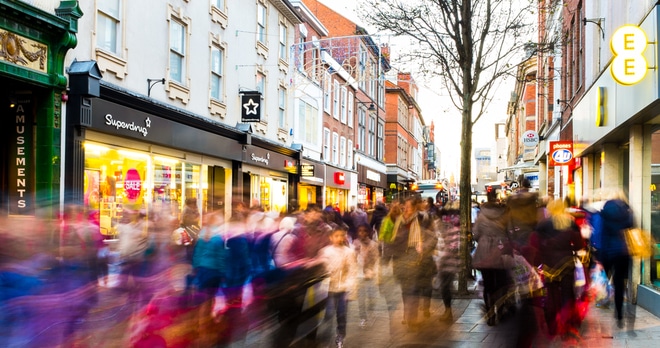Could new rent structure be the future of retail?

Total retail sales in September were 5.5% higher than pre-Covid levels in February.
However, with lockdown measures across the UK tightening by the week, retailers are facing a difficult period of trading.
These ongoing pressures on their sector are causing tenants to seek turnover-based rents which do not take into account their online sales.
In response to these headwinds, landlords are now turning their minds to different ways of structuring rental arrangements. The problem with turnover rents from a landlord’s perspective is that they do not enable landlords to tap into the, sometimes successful, online part of a tenant’s business. This is particularly in cases where a retailer’s physical store portfolio is still a key driver of its brand.
Landlords have therefore started looking at new and more sophisticated ways of capturing their own contribution towards sales, in terms of driving footfall as well as capturing a proportion of a retailer’s online sales.
One example of this is the new CACI retail lease model, which is being championed as a more open and balanced approach to the collaboration between landlords and tenants. This involves placing a value on the role that the particular store plays in the relationship between a retailer and its customers.
A particular store’s value depends on its ability to attract footfall and thereby connect a retailer with its customer and unlock consumer spend.
The concept is based on the use of data gathered from both landlords and tenants to assess physical store performance. CACI believes that this makes it easier for the parties to evaluate what they are paying for which in turn determines a true value of a store.
Whilst many landlords will look to hold onto the traditional market rental model, wherever they can across their portfolios, and indeed tenants will seek to pursue turnover rent arrangements wherever they can and keep their online business separate, this new way of thinking does at least present the parties with an alternative which reflects the post-Covid19 world that has driven the change in consumer behaviour.